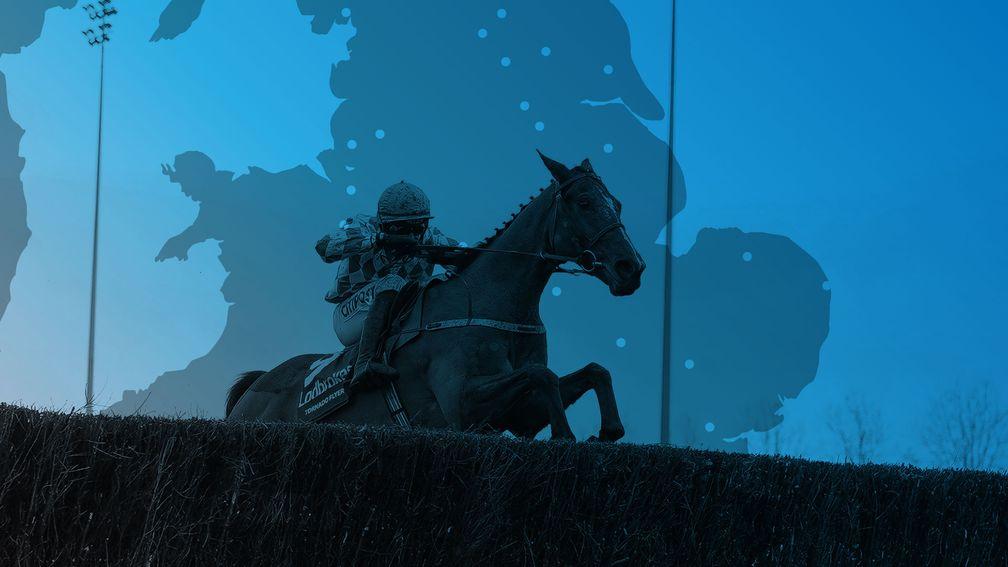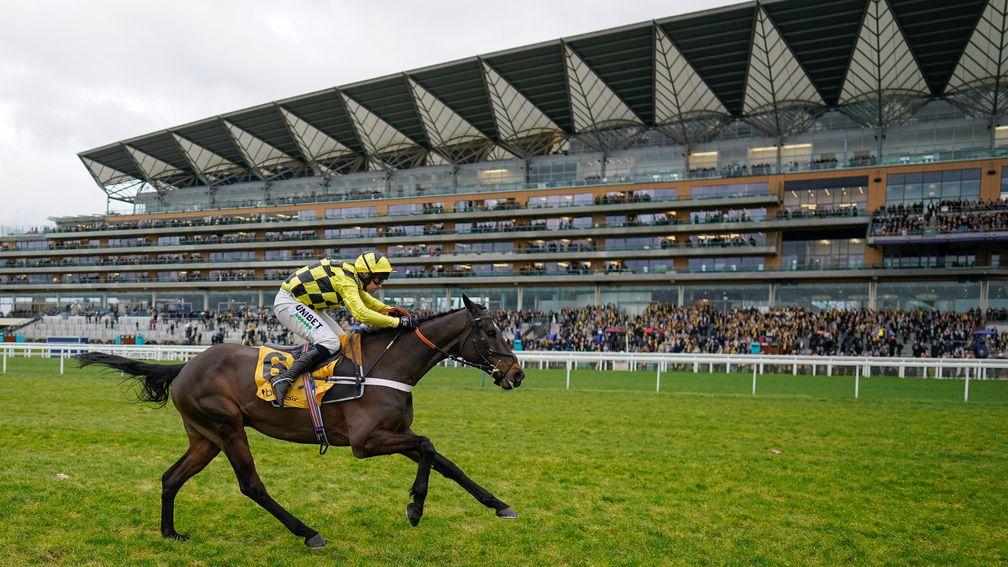What will change in British racing - and just how radical is it?

Announcing the changes to the fixture list yesterday, the BHA described the reforms as “innovative and wide-ranging” and the governing body's chair, Joe Saumarez Smith, writing for the Racing Post (page 4) today hails them as evidence the sport has followed through on its mandate to deliver “radical” change. Here we look at the key points – and evaluate just how radical they are.
Creation of a tier of Premier fixtures
Taking inspiration from other sports and building on the proposal made by former BHB chairman Peter Savill, the sport will create a new tier of Premier race meetings, creating a "more readily identifiable top end of the sport" designed to make it easier for new or casual followers to understand what represents the sport's best action.
It also seeks to "encourage investment from owners and support the retention of higher rated horses" by creating an "aspirational structure". In 2024, a maximum of two Premier fixtures will take place on Saturdays and up to one on any other day. These fixtures will need to meet thus far unspecified criteria around the quality of programme, terrestrial coverage, and total prize-money.
Radical rating: 7/10 A significant new approach to presenting the top tier of British racing, although utilising a principle long established in other sports.
The Saturday afternoon shop window
One of the most radical elements of the whole proposal, because it will entail a core period from 2pm to 4pm on most Saturdays being restricted to just three meetings. Other meetings will have to conclude before that window or begin after it.
This will offer "the sport space to breathe and for broadcasters to tell [the stars'] stories", while spreading the action over a wider period on Saturdays will also generate "additional levy and media rights payments", according to the BHA.
This proposal has caused significant discord in recent weeks, with independent racecourses initially threatening legal action to stop it if it meant they would lose the right to stage lucrative fixtures during this key period. The BHA said the principles "will be implemented and tested over an initial two-year period".
Radical rating: 8/10 A controversial change that some believe prioritises betting revenues over spectator appeal.

Improving Sunday racing
The strategy seeks to "make better use of Sundays" by introducing Premier afternoon fixtures and explore whether evening racing on the all-weather during the winter, when "betting companies report that activity is strong", is worthwhile.
To that end, there will be a trial of six "high value" Sunday evening fixtures for lower rated horses in the first three months of 2024.
Radical rating: 5/10 Making the most of Sundays is a logical step, but the move will be controversial with professionals.
Enhancing the 'core' product
For all the focus on premierisation, the so-called 'core' product still accounts for 90 per cent of the fixture list and therefore maximising its appeal is vital. The strategy views it as the job of Premier meetings to attract new customers, while core meetings are important for retention.
With this in mind, and responding to the latest changes in betting trends, the BHA has agreed to stage more fixtures later in the day. Some core meetings that coincide with Premier midweek action, such as last week’s Dante meeting or the Cheltenham Festival, will also be moved into supporting roles, before or after the main meeting, to create more racing “when more people are engaging with the sport”. The summer jumps break will also be extended from 12 to 19 days in an effort to boost field sizes.
Radical rating: 4/10 Moving fixtures to when people are most available to view and bet on them seems sensible, albeit more evening meetings will certainly not be universally popular within the sport, and the summer jumps break is likely to be welcomed given recent pressure on field sizes.
Streamlining the fixture list
Those who feel there is too much racing are unlikely to be bowled over by the limited reductions proposed by the new strategy. The headline figures are the culling of 300 jumps races, roughly seven per cent, and the moving of 200 Flat races from the summer to the autumn and early winter.
It isn’t a seismic change, but the BHA states its data suggests it is enough “to increase the number of races meeting field size targets”.
Radical rating: 2/10 More of a light pruning of the fixture list than the radical overhaul some would like to see.
Supporting the sport’s workforce
Many of the changes detailed above concern moving fixtures to periods of the day when racing's customers are free to enjoy the action and the strategy recognises this will create new demands on stable staff, jockeys and trainers that in turn "requires new thinking around how best to support the sport’s workforce".
Unlike the other areas, where decisions have been made, here several recommendations are still being considered. They include an increase in the number of days with no Flat racing in the summer, days of no Flat racing in the north or south, extending the summer jumps break and “a period of daily, and rider-restricted, floodlit meetings with no Flat meetings in the afternoon in March”.
Radical rating: 2/10 Supporting the sport’s workforce is clearly critical but whether these proposals will go far enough to mitigate the other changes remains to be seen.
Read these next:
British racing told to be brave as wide-ranging fixture list reforms are revealed
BHA chair: the sport has embraced radical change - and this is just the start
Getting the wheels turning is progress - but are we sure of the direction we're taking?
'Broad support' from independent racecourses for premierisation fixture changes

Sign up to receive On The Nose, our essential daily newsletter, from the Racing Post. Your unmissable morning feed, direct to your email inbox every morning.
Published on 25 May 2023inBritain
Last updated 19:54, 25 May 2023
- Christian Williams looking for latest fairytale from Kitty's Light after tough season
- Tom Marquand hopes Desert Hero 'can go further up the ladder' as royal star prepares for Sandown return
- 'We'll be ready for it' - confidence in The Real Whacker with Sandown conditions set to suit in Oaksey Chase
- Confirmed runners and riders for Sandown's stellar Friday card as Derby hope Arabian Crown makes his return
- Can Willie Mullins move a step closer to championship glory with four big chances at Perth on Wednesday?
- Christian Williams looking for latest fairytale from Kitty's Light after tough season
- Tom Marquand hopes Desert Hero 'can go further up the ladder' as royal star prepares for Sandown return
- 'We'll be ready for it' - confidence in The Real Whacker with Sandown conditions set to suit in Oaksey Chase
- Confirmed runners and riders for Sandown's stellar Friday card as Derby hope Arabian Crown makes his return
- Can Willie Mullins move a step closer to championship glory with four big chances at Perth on Wednesday?